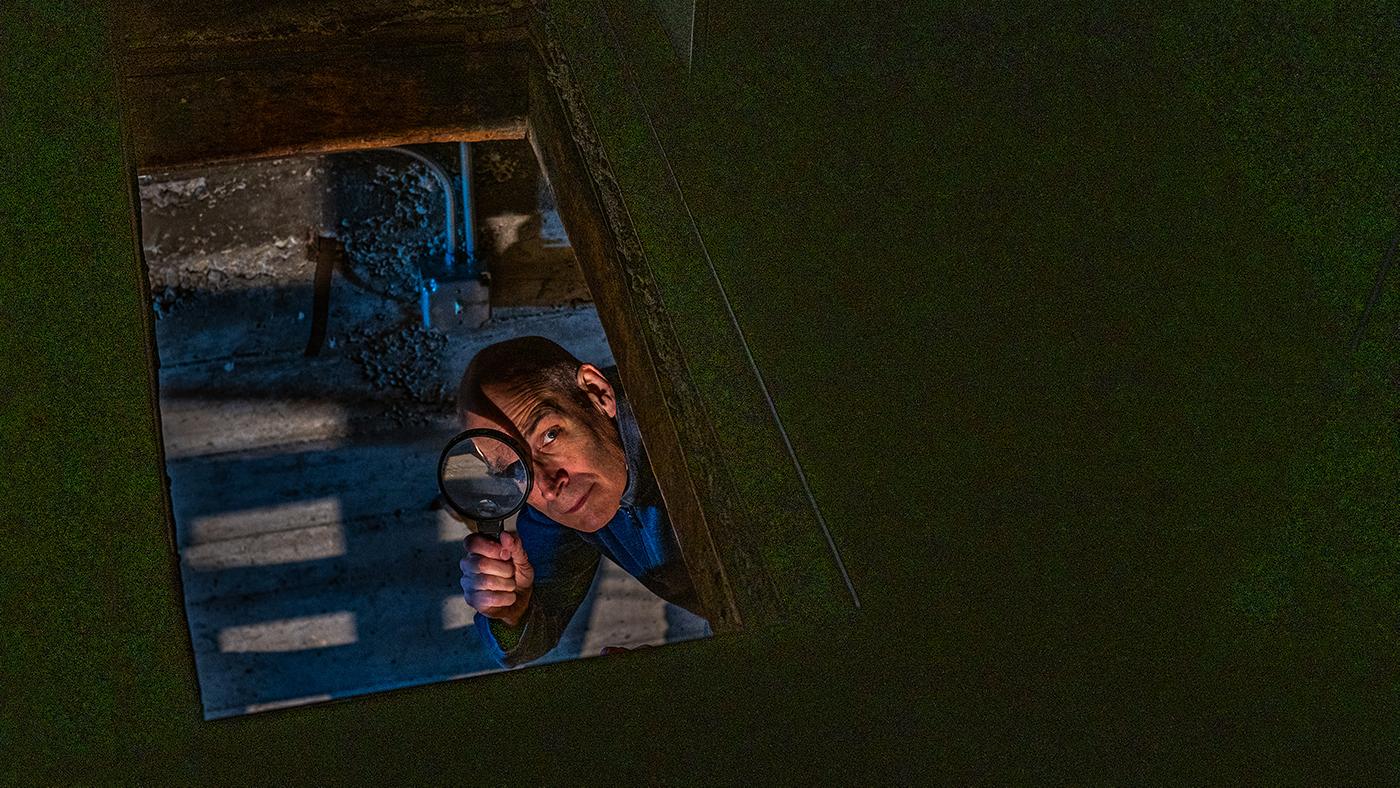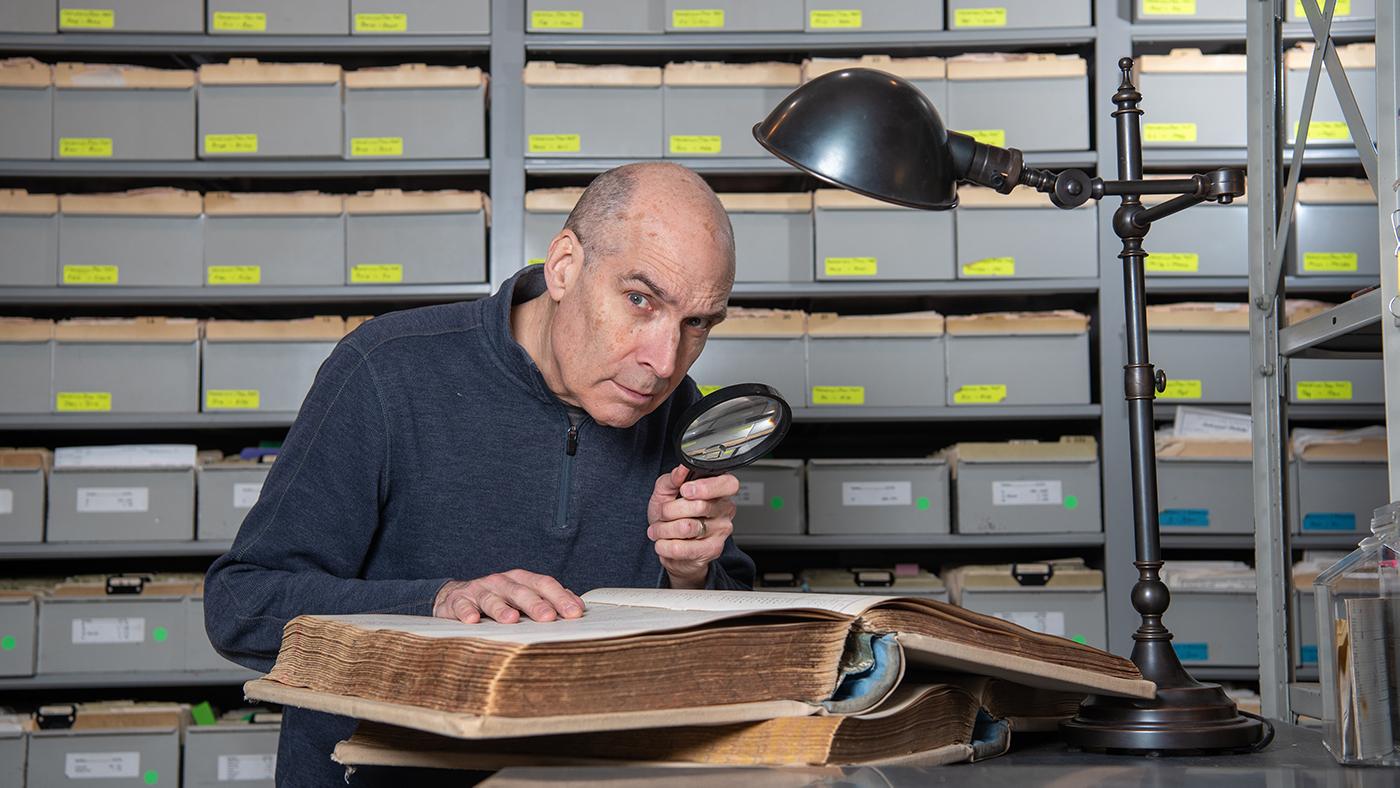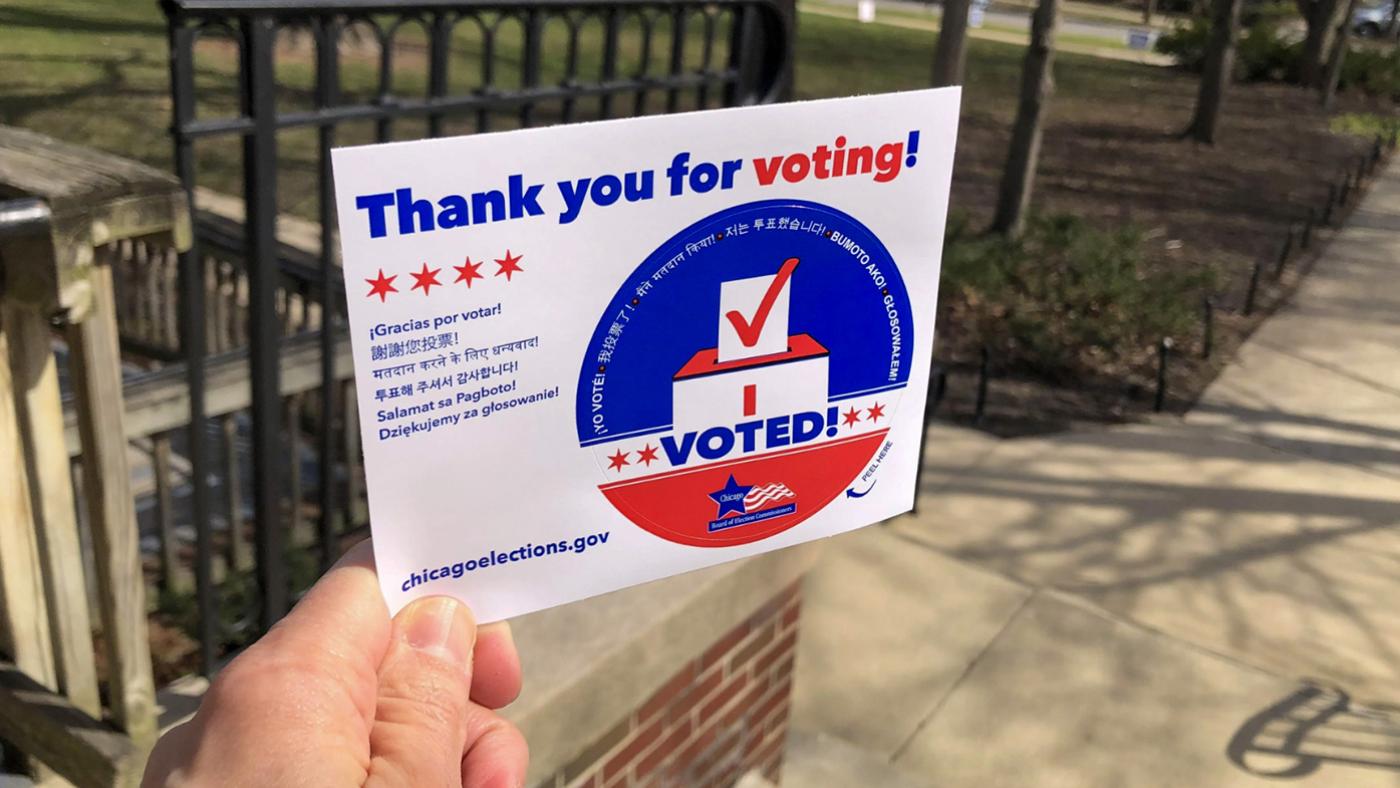How Millennium Park Became "America's Most Dazzling Urban Park"
Daniel Hautzinger
July 16, 2019
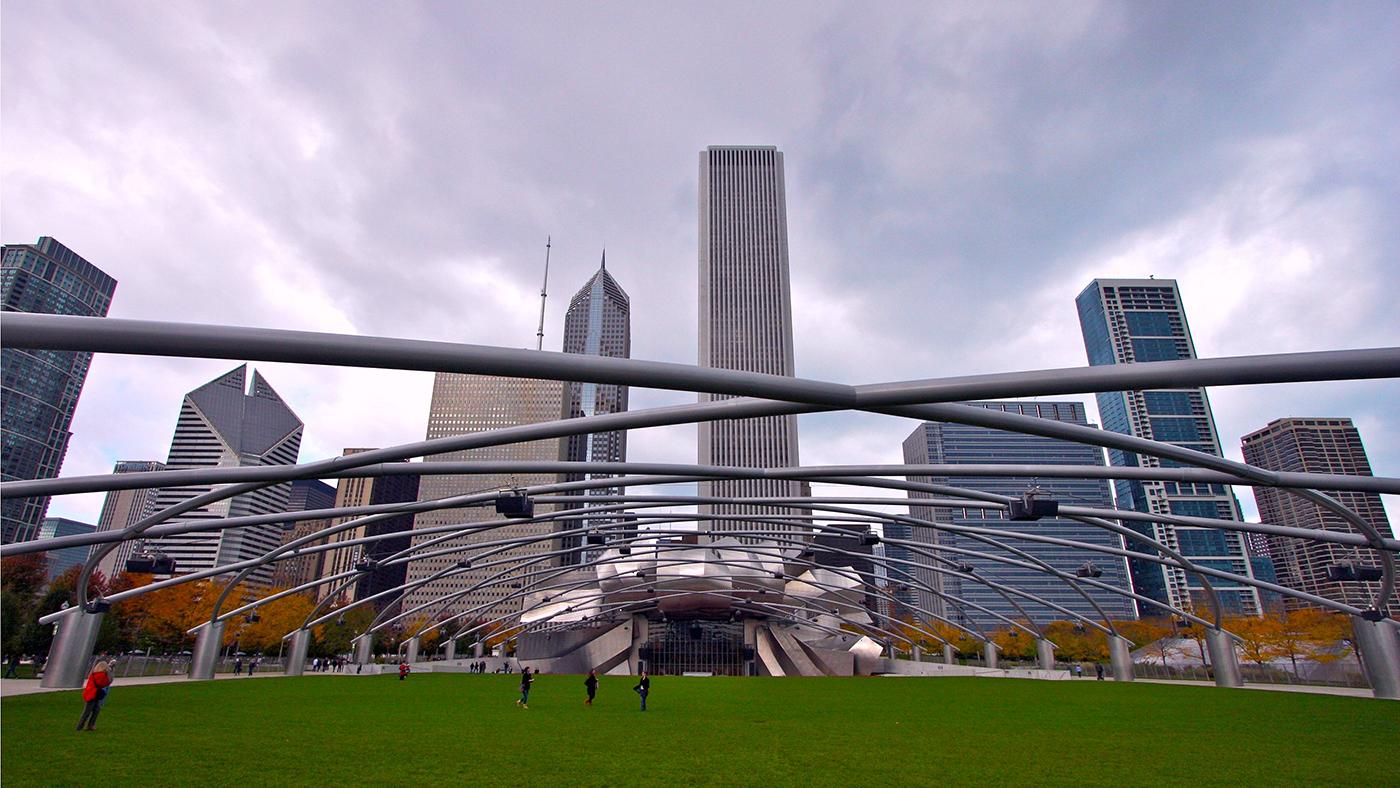
It may have opened four years late and cost $340 million more than the original plan, but the delay and investment in Millennium Park, which officially opened fifteen years ago today, seem to have paid off. The 24.5-acre park replaced an unsightly wasteland of railroad tracks and parking lots in the heart of downtown, helped bring residential development and tourism to the Loop and its surrounding neighborhoods, offers a huge variety of free, popular cultural programming, and attracts millions of tourists each year – it surpassed Navy Pier as the top tourist attraction in the Midwest in 2017. The architecture critic Michael J. Lewis called it “America’s most dazzling urban park.”
It was almost dull instead of dazzling. When Mayor Richard M. Daley first announced a plan to transform the plot bounded by Michigan Avenue, Columbus Drive, and Randolph and Monroe Streets from an eyesore into a civic attraction on March 30, 1998, the design, by Skidmore, Owings & Merrill, called for a pleasant but bland park with a performance stage, all on top of a parking garage. The Chicago Tribune’s architecture critic Blair Kamin wrote that the use of “Millennium” in the project’s name was a bit of a misnomer: it “implies that the park will be a work of civic art that takes us boldly into the next century… In reality, the plan has its formal roots in a more distant French example: the 17th Century gardens of Louis XIV at Versailles.”
The plan was the latest proposal in a decades-long attempt to beautify the stretch of lakefront next to the hallowed Art Institute and the elegant buildings of Michigan Avenue. Before 1850, most of the land east of Michigan Avenue was underwater. In 1852, the City Council granted the Illinois Central Railroad a right-of-way strip along the lakefront in exchange for the railroad’s construction of a breakwater that would protect the city from Lake Michigan.
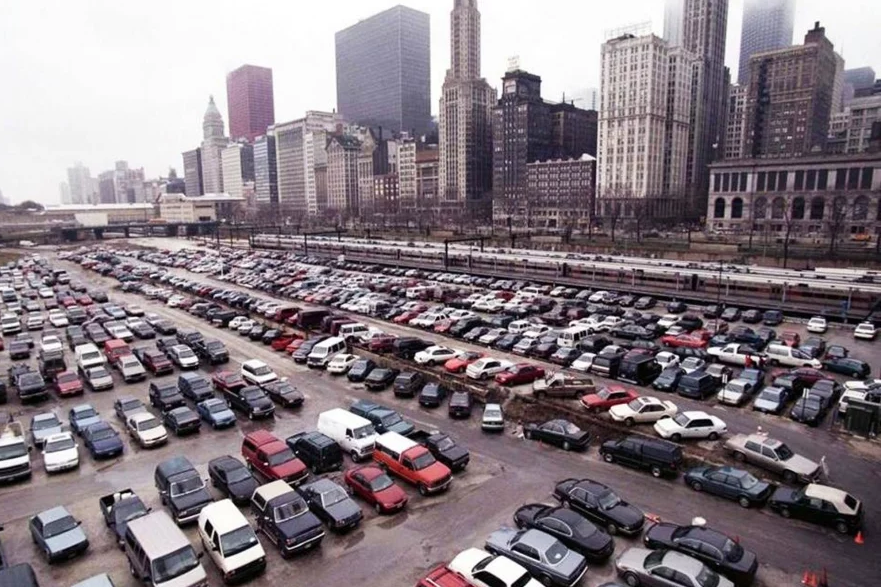
As the city expanded, the lake was filled in, and the land south of the Monroe Street slowly gained such attractions as the Art Institute, Grant Park, and, farther south, the Museum Campus. People continually proposed improving the lakefront land even as the railroads sought more property there. In 1977, four civic groups proposed a “Lakefront Gardens for the Performing Arts,” with plans by Skidmore, Owings & Merrill that featured a music bowl, a small theater, a restaurant, and a skating rink. The opposition of the Chicago Park District prevented the plan from going anywhere. But when the city began planning Millennium Park after convincing the railroad to donate land rights, they drew on the Lakefront Gardens plans.
Daley projected a cost of $150 million and an opening date of midsummer 2000 – hence the “Millennium” in the name. He envisioned a mixture of public and private financing, with bonds against potential revenue from the parking garage and money from a Central Loop TIF fund joining the contributions of private donors to build the park. (TIF, or tax increment financing, is a tool meant to promote economic development in a specific area of the city.) The park would be built “at no cost to taxpayers,” the mayor promised.
He enlisted John Bryan, the former president and CEO of Sara Lee, to begin courting donors, and Edward Uhlir, the retiring head of planning at the Chicago Park District, to direct the project. Under their direction, the scope began to grow.
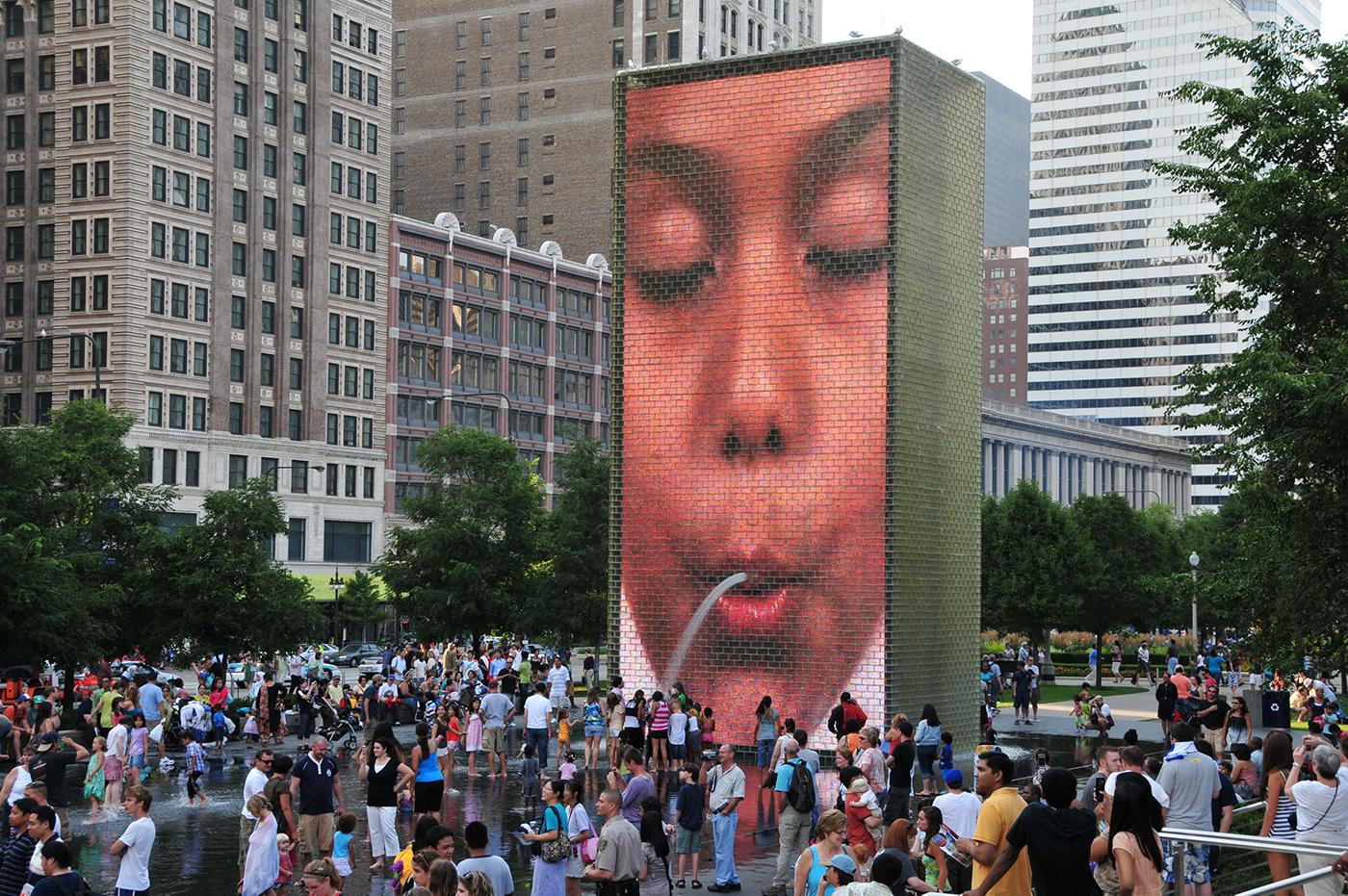 As donors signed on to the project, they requested internationally known architects and artists such as Jaume Plensa, who designed Crown Fountain, to fill the commissions. Photo: Serge Melki/Flickr
As donors signed on to the project, they requested internationally known architects and artists such as Jaume Plensa, who designed Crown Fountain, to fill the commissions. Photo: Serge Melki/Flickr
Uhlir envisioned the park as a cultural rather than recreational site, and Bryan began lining up benefactors to pay for specific features within the park. As big-name donors and civic boosters signed on, they asked for big-name artists and architects. The Pritzkers agreed to pay for the performance stage, but only if it was designed by a prestigious architect. They tapped their friendship with Frank Gehry, and in 1999 he was named the architect for the Pritzker Pavilion. Anish Kapoor’s Cloud Gate was added to the plans the following year, along with the Gehry-designed BP Bridge, while Jaume Plensa’s video-projection Crown Fountain was announced in 2001. (The other two contenders for the fountain commission were the architect Robert Venturi and Maya Lin, the designer of the Vietnam Veterans Memorial in Washington, D.C.) It was mainly this expansion of scope and the commissioning of prominent artists that delayed the park and drove up the costs from Daley’s original estimate: Pritzker Pavilion cost $60 million, Cloud Gate was $11.5 million, Crown Fountain hit $17 million.
This shopping out of features to different donors, in effect a yard sale offered to Chicago’s biggest benefactors, did receive some criticism. Although Michael J. Lewis was full of praise for Millennium Park, he did express reservations, writing that, “a park financed by donors given the power to select objects and artists will look very different from one in which aesthetic or social concerns predominate from the first. It will tend to be less a unified landscape than a series of detached vignettes — in effect, naming opportunities.”
Blair Kamin, who struck an overall commendatory tone, also thought the Park a collection of discrete parts when it opened, but found that it had become more unified when he re-evaluated it on its 10th anniversary, once the trees and plantings had grown in. In that anniversary celebration, he called the park the “best thing former Mayor Richard M. Daley ever did.”
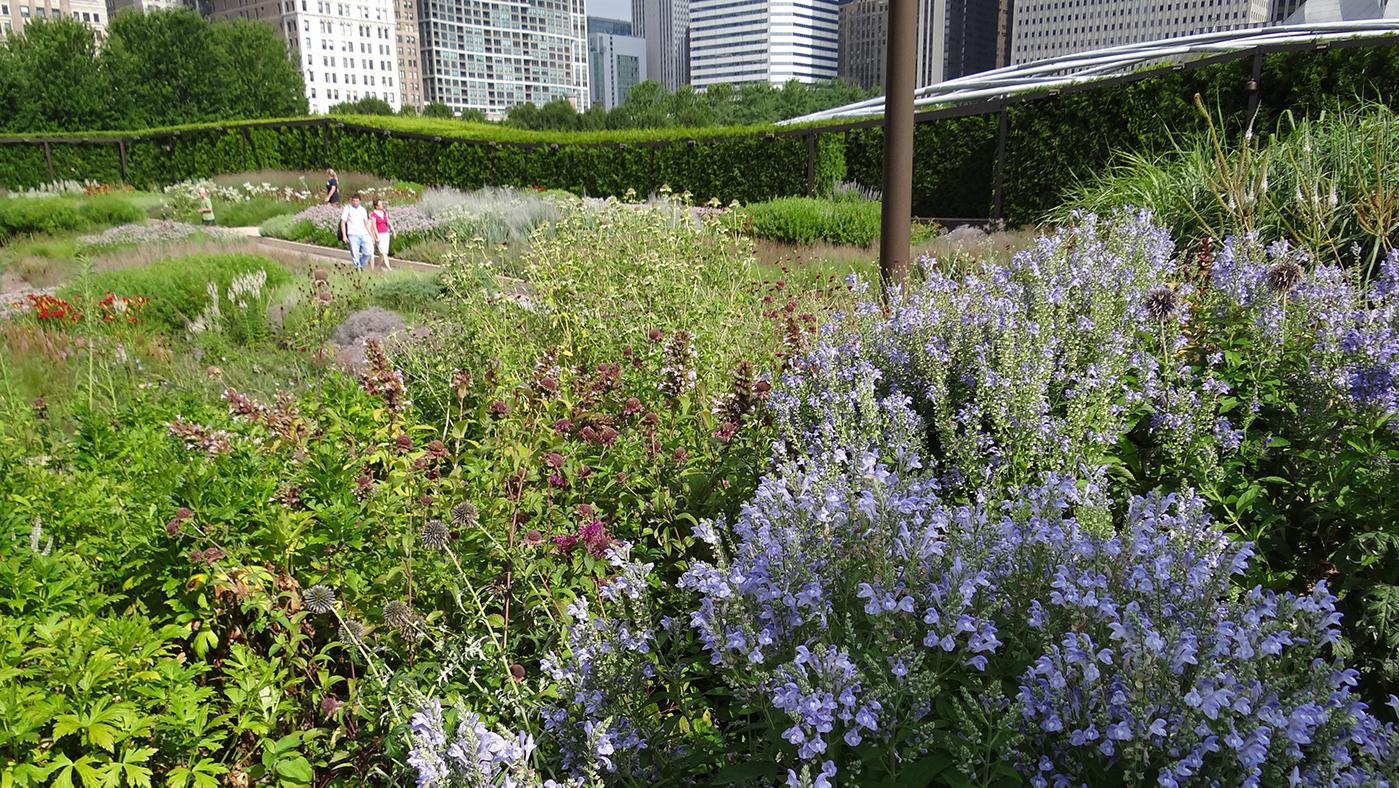 The Chicago Tribune's Blair Kamin called Millennium Park the “best thing former Mayor Richard M. Daley ever did.” Photo: Esther Westerveld/Flickr
The Chicago Tribune's Blair Kamin called Millennium Park the “best thing former Mayor Richard M. Daley ever did.” Photo: Esther Westerveld/Flickr
In the end, private donors contributed $220 million, funding most of what is aboveground in the park, their well-known names attached to the monumental features. In addition to those already mentioned, there’s Wrigley Square, which features a replica of a peristyle that stood in Grant Park from 1917 to 1953 and was designed by Edward Bennett, who collaborated on the Plan of Chicago with Daniel Burnham; Lurie Garden, designed by Kathryn Gustafson and Jennifer Guthrie in collaboration with theatrical designer Robert Israel and perennial plant specialist Piet Oudolf; the Harris Theater, designed by Chicago architect Thomas Beeby; the McCormick Tribune Plaza; and the Chase (originally Bank One) Promenade. According to Daley, the public money – some $270 million in the end, which actually remained within an updated budget announced in 2001 – paid for everything underground: the complicated supports that float a park and massive structures over both a parking garage and railroad tracks.
That engineering feat, and the ambition of Millennium Park in general, fits it into a long line of audacious civic achievements in Chicago. As Chris Jones pointed out in the Tribune when it first opened, Millennium Park is “arguably Chicago’s most expansive outdoor cultural project since the Columbian Exposition of 1893… [It’s] quintessential Chicago. This city – that makes no small plans, that reversed the flow of its own river, that boasts the nation’s tallest building, that forever labors to shed its ‘second city’ status – could never be sated by a run of the mill greensward.”
The park officially opened on July 16, 2004, with a concert at Pritzker Pavilion by the Grant Park Orchestra featuring a world premiere piece by John Corigliano commissioned for the occasion. Later that year, Kapoor’s Cloud Gate, otherwise known as the Bean, was completed.
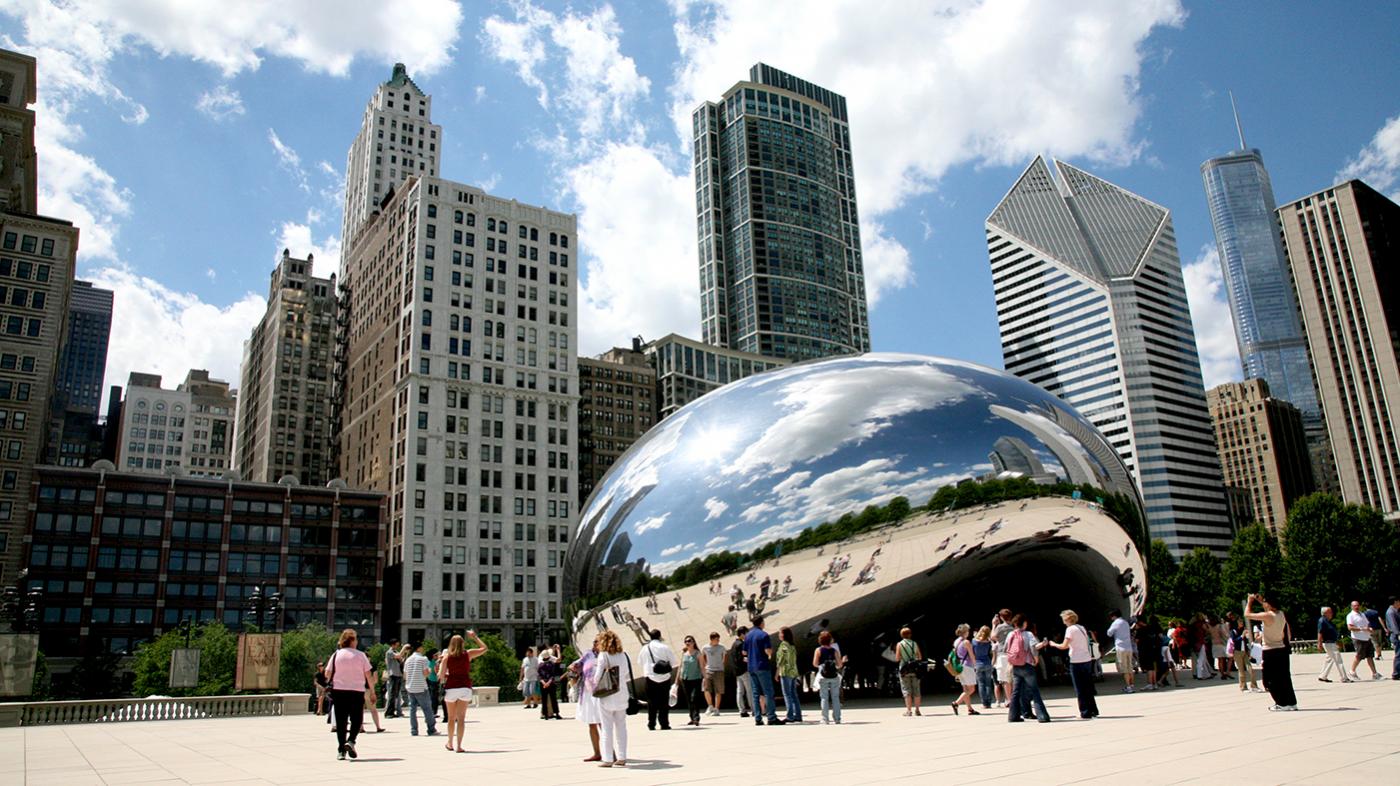 The popularity of Millennium Park has helped drive development and tourism in the surrounding areas. Photo: Vincent Desjardins/Flickr
The popularity of Millennium Park has helped drive development and tourism in the surrounding areas. Photo: Vincent Desjardins/Flickr
Over the following years, Millennium Park’s popularity helped spur development in the Loop to the west, River East to the north (including Jeanne Gang’s Aqua and now Vista), and the South Loop to the south. Already in 2011, a study by researchers from Texas A&M and DePaul universities found that the park had brought almost $2.45 billion in new condo, office, and hotel construction to the surrounding area, and that a condo with a view of the park cost an extra 29%. The Art Institute’s Renzo Piano-designed Modern Wing, facing the park and connected to it by a pedestrian bridge, opened in 2009, while Maggie Daley Park drew inspiration from Millennium Park and arrived to the east in 2014.
The international popularity of the park’s striking artistic features has also drawn pale imitations, most recently and notably Thomas Heatherwick’s befuddling Vessel in New York’s new Hudson Yards development. But what Chris Jones wrote on the eve of the opening of Millennium Park still holds true: “seeing the disparate, large-scale works of so many internationally visible artists of varying media in such close proximity – and on a permanent basis – makes Millennium Park without an obvious extant peer anywhere in the country.” Just ask the tourists posing for a selfie in the Bean, or the real estate agents who continue to capitalize on the popularity of the park, or the Chicagoans picnicking on the lawn during a concert.

